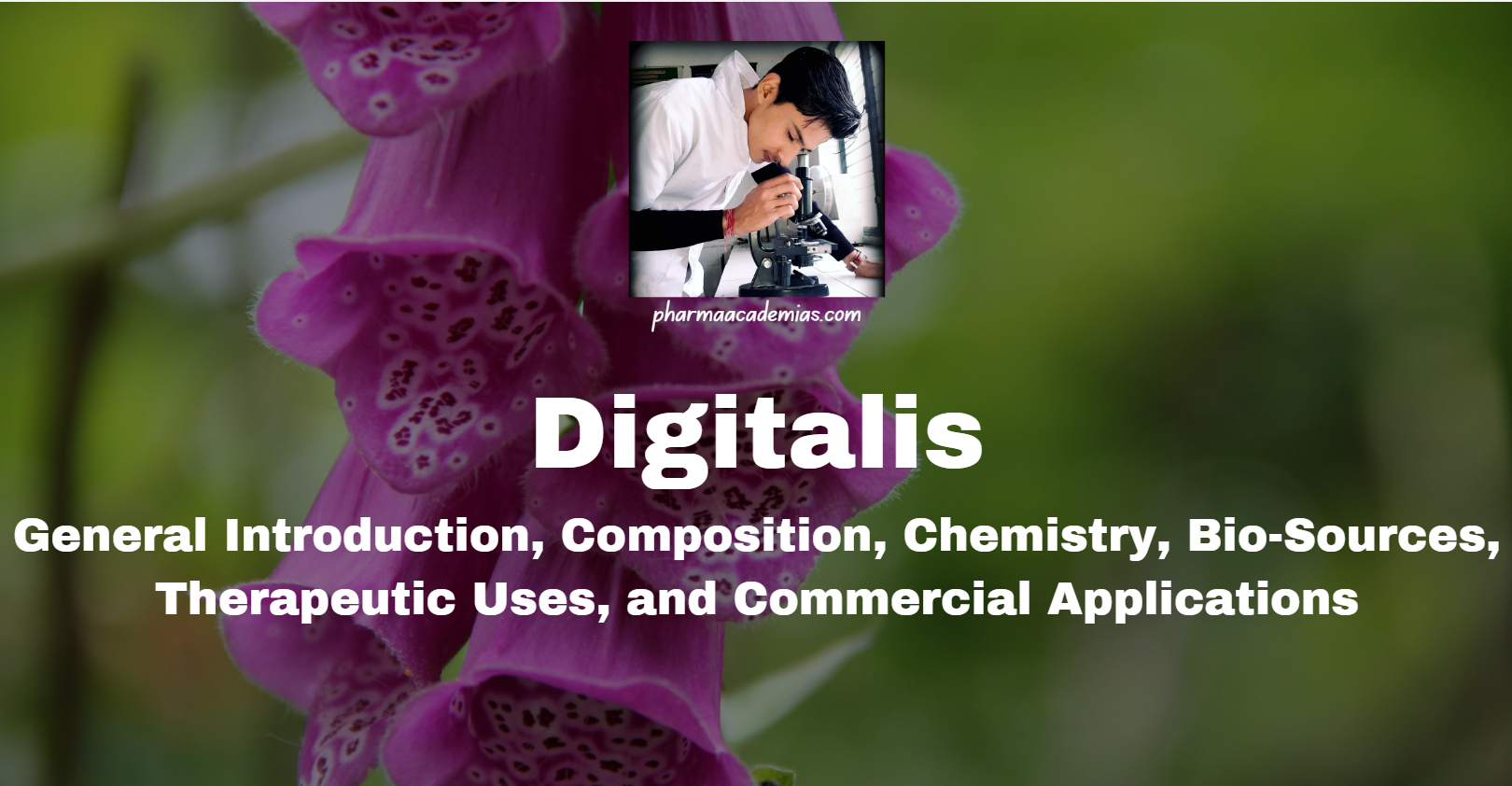Digitalis: General Introduction, Composition, Chemistry, Bio-Sources, Therapeutic Uses, and Commercial Applications
General Introduction Digitalis is a genus of about 20 species of herbaceous perennials, shrubs, and biennials commonly known as foxgloves. The most commonly known species within this genus, Digitalis purpurea (the common foxglove), has been used medicinally for centuries, primarily for its cardiac glycosides, which are compounds that influence heart function. Digitalis is native to … Read more






